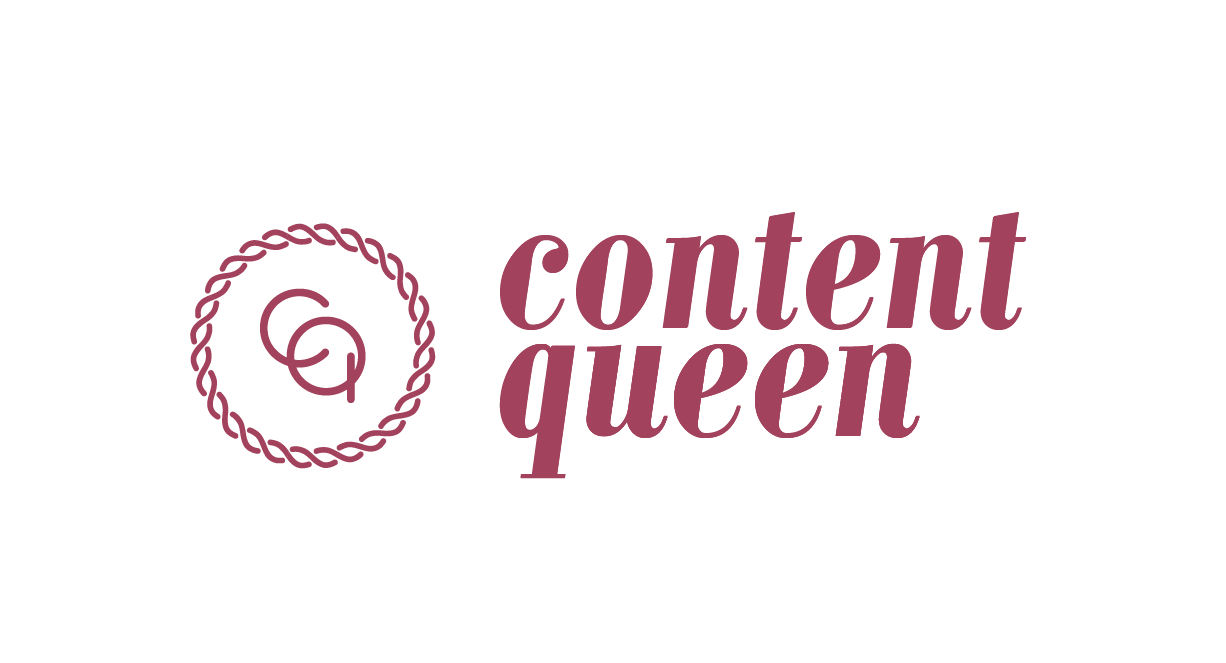The basics for branding in your small business
Did you know that branding is more than just your logo and colours? HUH?!
Yes! Your brand is the foundation of your business and helps you to stand out above the rest. But it comes down to a lot more than the graphics you put on your social media page.
Branding is one aspect of your business that lays the groundwork for you to build your business on. This groundwork then helps you shape the perception people have of your brand! It is super important to be on top of your branding and understand how it can impact your business, that is why we are exploring this concept!
So, join us now to get the kickstart you need to get your brand in alignment with your business.
What is branding?
Branding in business is much like building a house. For example, if you don't have the correct foundations, your house will be a bit rocky and won't sit right. You really need a solid starting point for your house to last, right? Well, it is the same with your brand!
Branding allows so many other aspects of your business to be fully realised, things like your passions, your niche, your target audience, and the topics in your content can all really come to life if your branding is understood and known.
To boil it down into more specific sections, we can split branding up into 9 smaller bites. Here’s what they are:
1. Brand personality - We like to think of brand personality as if your business was to come to life. I know that sounds weird, but personifying your brand can help you to think about the type of characteristics you want your brand to have. Is your brand sophisticated like Apple, confident and cool like Nike or carefree and practical like Kmart? Think about a few words like this and create a personality for your brand to embody. If you need guidance discovering your own brand personality, we’ve found an awesome quiz for you to take here - try it out!
2. Mission - Think: what is the purpose of my business? What do I want to achieve and what set goals am I trying to reach? For example, is it to get people more interested in sustainable purchases? Is it to help mums with self-care? Is it to guide new business owners through financial decisions? Think about your core purpose behind why you even started your brand in the first place and how you want to serve your target audience.
3. Vision - Your vision and mission usually go hand in hand and should align. Your vision is more about where you see your business going and the path you want to take to get there, it should also include your current and future objectives. Once again, don’t hesitate to write these down (or record them somehow) and adapt as your business expands, just never forget your core!
4. Values - This, much like your personal values, should reflect what is important to you and therefore, what is important to your brand. These can then help guide your content and the tone behind it, for example, if you value trust, transparency, and authenticity, your brand should reflect that. You wouldn’t create misleading captions or false claims in your writing, you would instead be open and honest with your target audience which then leads to trust being built.
5. Your customer - While it may be a bit self-explanatory, your customer is your ideal target audience for your business, essentially who you are trying to reach through your content. This plays a huge role in your tone, your topics, and your content overall, so don’t be afraid to do some research into this. Search into where these people are showing up, what content they are reacting with and what topics they find most valuable, this is a great indication of what they enjoy seeing which you can then lean into in your own business.
6. Your story - This story is about how your business began, why you decided to start your business and how it came to life. Your story is so valuable, it allows you to relate to your target audience and gives them a glimpse into your life building a brand. So, think back to you when the first spark of interest came about for your business, write down the who, what, when, where, why, and how and share it!
7. Voice - Your brand voice is there so your content aligns with your business, it can also act as a guide for anyone who writes for your business so that your audience never notices a difference in your writing (which means a smooth transition if you are outsourcing). A brand voice is also there to help develop your content quicker and easier, giving you more time to develop your business PLUS, it helps you to stand out from other businesses in your niche. If you need more guidance on developing your own brand voice, click here for Content Queen’s very own brand voice guide!
8. Logo - This is the more visual side of your brand. While your logo is DEFINITELY NOT the be-all and end-all of your branding, it does really help visually represent your brand and attract eyes to your platforms. If you have the budget, you can even chat to a designer about what could be a good look for your brand, and if not that’s okay too. You can even design one by yourself and test it out by getting family, friends, other brand owners, or even people in online groups to check it out and give you feedback.
9. Colours - Your colour palette is also important to your brand, it helps to give off whatever certain vibe you are trying to create! You can also research into colour palettes as well, look back to your values and your brand personality and what characteristics you want to convey, and brainstorm from there. For example, if your brand is carefree and light you may choose yellow tones, if your brand is more serious and sophisticated colours like grey, black and white may be good choices. It really is up to you and what you like, but make sure to do some research and see what the possibilities are.
All of these smaller aspects work together to create the bigger picture which is your branding! They all make your brand and business uniquely yours, they help you to stand out and to create content that will reach the target audience you’ve been searching for! These are ultimately the foundation that helps to create your brand house, so get them in order, build them strong and watch your brand flourish!
Find your brand personality
Finding your brand and, more specifically, finding your brand personality isn’t just surface level. When you are doing this, don’t be afraid to dive deeper to really work out what you want to be known for.
Take the quiz that we linked above (here is the link in you can’t find it) take the quiz and with those answers, work out what you want to do in your business. Think about what feels authentic and what doesn't, and don’t forget to test, trial, and measure these things as well, because you won’t know what feels right or not if you don’t try.
But, our pro tip is to start by asking yourself what you want to be known for! This goes further than just saying “I want to be known for being nice”, it’s more than that! At Content Queen, we are known for combining storytelling and strategy to help your business, and while this did take some trial and error to reach, the process is worth it to help your content reach its full potential.
Building brand recognition
Brand recognition is all about how your target audience, or any audience, can distinguish your brand from other brands in your niche. It is about how people recognise your brand, this can also be known as your ‘Fab Factor’ or ‘Finding your Fab Factor’.
Overall, your fab factor is a way of getting people to understand and love your personality, it's all about showing who you are and what makes you unique.
Before you start thinking that you don’t have a fab factor, think again. Your fab factor is about what makes you, you. You can use this to attract the right people to your brand and deter people who aren't aligned with you, and this isn’t a bad thing. Remember, you don't want to be selling to people that don't like you or don't get you!
While research and analytics are important for your brand, remember that no one thing makes up your entire brand. So include your fab factor and the things that YOU enjoy, being authentic will attract the right audience for you.
Remember these about branding
Like with almost everything else in business, consistency is key! To maintain this consistency, have a brand document put together with all of the elements of your brand in one place. You can have your brand logo and a breakdown of your colours, your mission and vision statements written out, your values, and the other aspects we mentioned above all in a singular document, this way you (and any future employees) can refer back to this whenever you need. Content Queen has one just like this, it even has in it the emojis we most resonate with within our content.
Look at everything! Conduct an audit of all of your platforms, your website, and your emails and look if there is consistency in everything. You’ll be able to see if everything matches and makes sense with the brand you want to create.
You can create your own logo, you don’t have to start fancy. Just get on Canva and start simple, have your foundations laid out first, and then you’ll be able to pull your inspiration from there.
Your brand will change! The brand you begin to create now will most likely not be the exact same brand a year or even 6 months from now and this is OK. This is growth and evolvement, so embrace it!
I need help to:
Learn how to tell my unique story online
Start with content marketing strategy
Find out the content channel I should use
Not sure what I need. Can we please chat?
Final thoughts
Branding is such an integral part of making your business uniquely yours. Aligning your brand to your content isn’t just about logos and colours, it is also about messaging, tone, wording, and the topics you choose as well.
Your branding goes so much deeper than you think, when you are building the brand remember to ask yourself “What do I want to be known for and why?”. When you have these answers, as well as your mission, vision, etc., make sure to document them so you can get that consistency that will allow you success!
And, for more guidance on how to document this, check out the Content Queen content strategy template by clicking the button below!







